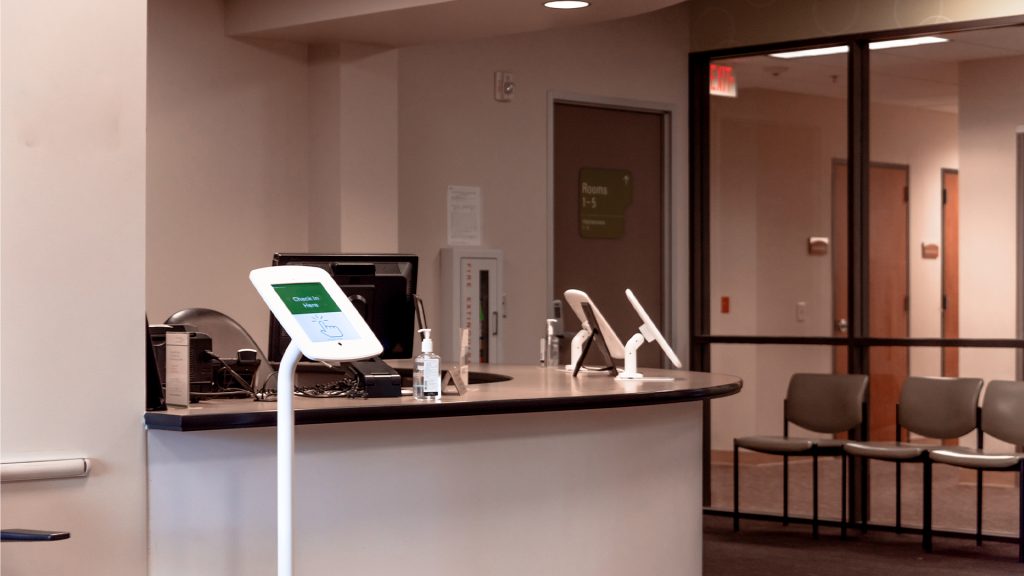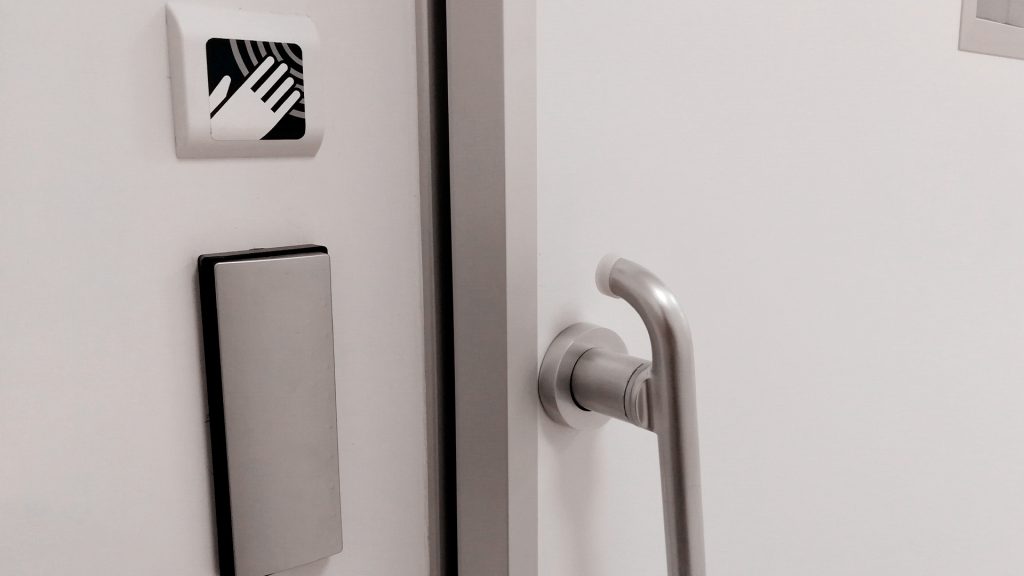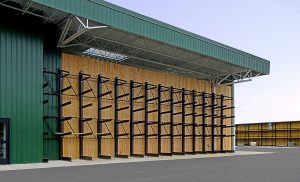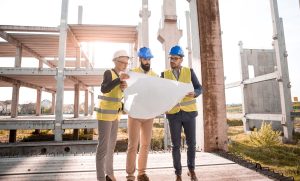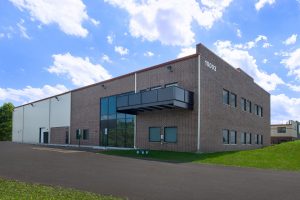Holistic medicine refers to treating a whole patient, solving the root causes rather than just alleviating the symptoms.
Holistic design is the same way: you must think of every possible avenue and obstacle when designing a building. Just like in medicine, a lot of care goes into construction.
As healthcare becomes an increasingly growing field, it’s crucial to incorporate the latest technology and techniques into medical spaces. When considering the construction and design of a healthcare facility, efficiency, safety, and innovation all play a role in the most important aspect of all: people’s wellness, and positive outcomes.
An efficient workflow does more than save a caregivers’ time: it even saves lives. The right layout in a surgical center can turn a 15% improvement outcome into a 25% improvement outcome.
The pandemic illuminated shortcomings that design and technology have helped overcome. Facilitating a surge in patients is essential – spaces that can handle influxes and overflows are key. We must combine touchless technology with improved ventilation and simplification of spaces as healthcare practitioners adopt new paradigms. Patients can check-in on phones, reducing the need for large waiting rooms (a vector for disease as much as an ancient frustration). Voice-activated tech is becoming increasingly common. The proper amount of PPE storage and emergency supplies are crucial. Radio frequency identification (RFID) tracking software for equipment and patients helps automate essential processes, reducing the amount of mental effort and physical contact to replenish supplies. Antimicrobial paint is a nice finishing touch, but it also counters people touching surfaces: it can curb the number of microbes present in your facility.
Safety goes hand in hand with accessibility. ADA compliance is not just the law: it’s the bare minimum ideal. You can’t design to the minimum Americans with Disabilities Act standards: you must design a space for anyone and everyone who will have to access your space.
The advent of telemedicine will call for more adaptability, and more engaging spaces. The techniques and advancements theorized above could reduce the space needed for patient care, and allow more allocation for teleconference rooms, or space to monitor data. Telehealth can expand mental health care services to more patient populations than ever before, as well as screen out common colds and minor maladies. Windowless offices will become a thing of the past: as doctors and caregivers spend increasingly more time in front of screens, their mental wellbeing will be bolstered by sunlight and other amenities.
As healthcare transitions from hospitals to more outpatient and specialty care facilities, our design process needs to transition with it. More and more, the individual is becoming the center of healthcare. With the rise of long-term care facilities and senior living facilities, people are getting more a la carte and cost-effective procedures. And with the coming boom of senior citizens as people live longer lives, the right designs and technology will prove essential.
Luckily, health is like housing: we build and maintain it together.


